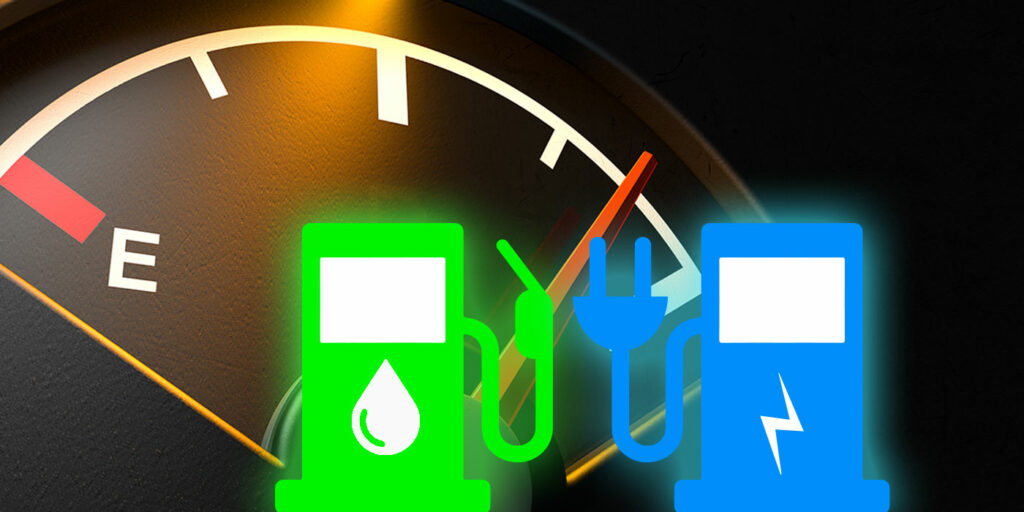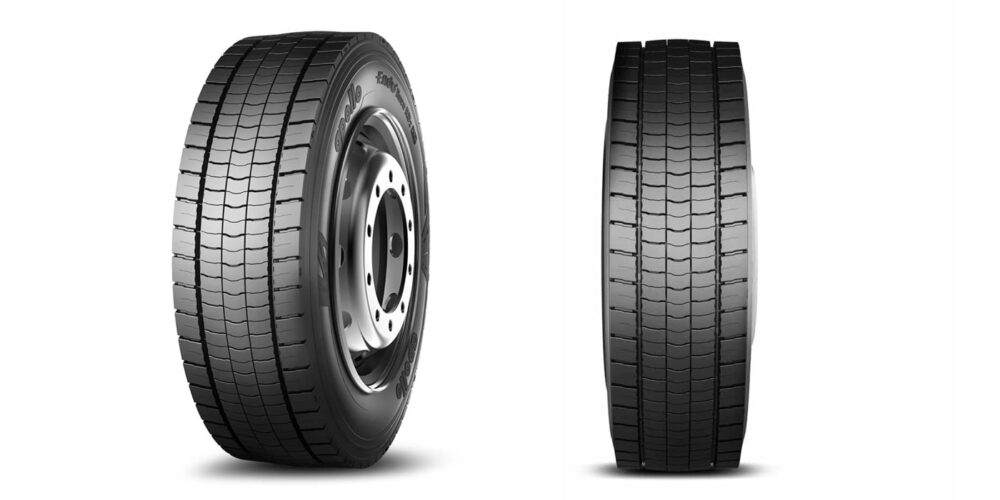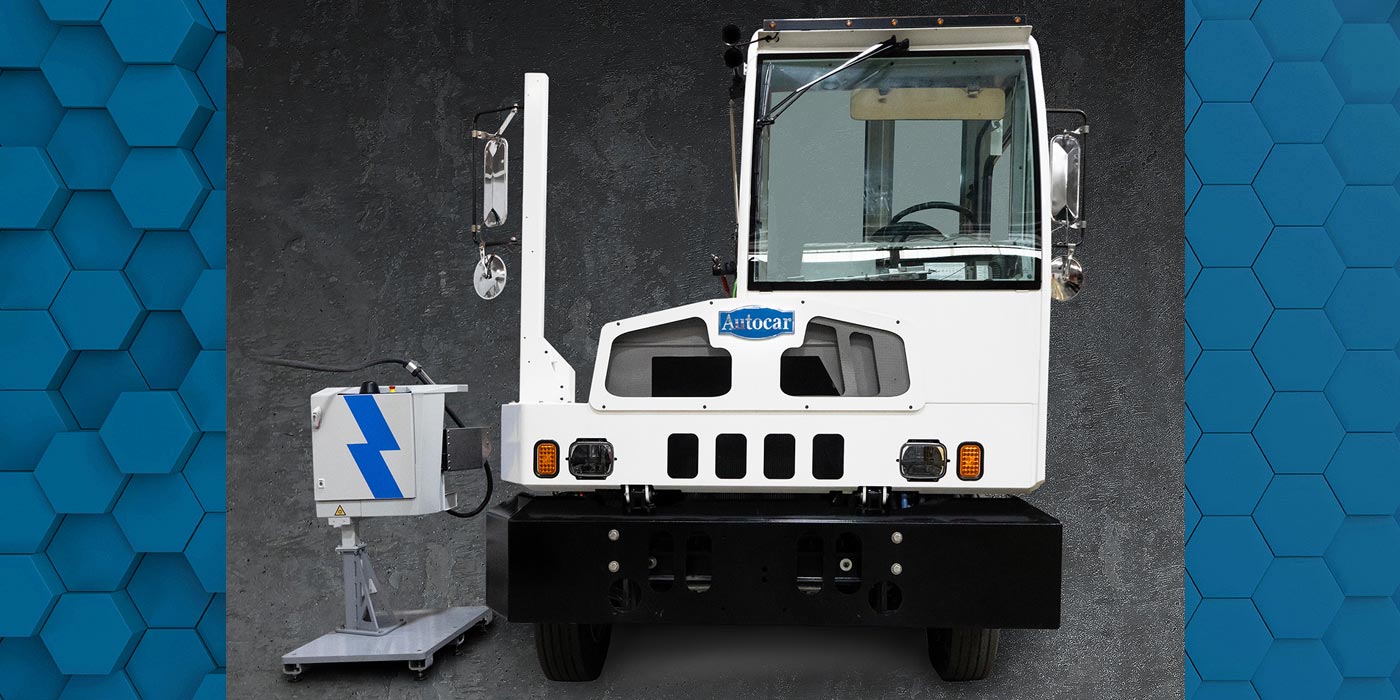Fleets interested in reducing carbon emissions have more alternative fuel options than ever before. So how do you pick the right one for your operation?
First, it’s important to recognize that the solution may not be a single fuel. With an integrated energy management approach, fleets can evaluate all viable fuels and pick the ones that best fit their needs. Business objectives, budget, fleet usage and vehicle types, sustainability goals and more factor into the decision-making process.
Understanding the difference between various renewable fuels is key. With that in mind, here is an overview of several of the most discussed alternatives to diesel fuel.
Electric
What it is: Electricity is stored in batteries that are used to power the vehicle. The batteries are typically charged by plugging into a charging station. There also are hybrid models that use electricity to power an electric motor and another fuel, such as diesel, to run an internal combustion engine.
What’s needed: Electric trucks are still in the early stages of development. While it is possible to convert an existing vehicle, switching to electric almost always involves buying a new vehicle. Charging infrastructure is also required. Fleets with their own fueling locations would need to build charging stations, which likely would involve working with utility and zoning departments. A lack of public charging stations is seen at this time as a barrier to greater adoption of electric vehicles, particularly in trucking applications.
Performance: This can vary based on application. Overall, electric trucks are still uncommon. Early adoption is expected in low-mileage applications where the limited range is less of a concern, like in last-mile delivery. In other applications, it could be decades before performance and charging capabilities are ready for widespread use. Long-haul truckers, for example, often travel more than 600 miles a day, beyond the range of existing battery technology. Battery weight and the amount of space they take up are also concerns for haulers, where vehicle weight and storage capacity are critical to profitability.
Emissions: Fully electric vehicles do not generate tailpipe emissions. With any fuel, however, it’s important to also consider the full lifecycle: what goes into its production, delivery and end use. For this article, we will use the carbon intensity (CI) scores from the California Air Resources Board (CARB). Its “well to wheels” approach considers direct effects like fuel production and usage and indirect effects like land use. The lower the score, the better. CARB’s standard value for electricity from the California grid used as transportation fuel is 82.9. For comparison, petroleum diesel is 100.5, and the CI score of other fuels are found in their sections below.
Compressed natural gas
What it is: Natural gas is a fossil fuel comprised primarily of methane. In transportation, compressed natural gas (CNG) is produced by compressing the gas to less than 1% of its volume at standard atmospheric pressure. It can also be used in a liquid form, known as liquefied natural gas.
What’s needed: Fleets would need to either convert vehicles to run on CNG or buy new vehicles. The fuel is stored in a vehicle in cylinders in a compressed gaseous state at a pressure of up to 3,600 lbs. per square inch (PSI). The gas travels through highly pressurized fuel lines until it reaches a regulator, where the pressure is reduced before entering the fuel injection system. Fueling occurs with specialized CNG equipment, and as with electric vehicles, fleets with their own fueling locations would have to install new infrastructure and work through the associated administrative issues associated with such installation.
Performance: Natural gas vehicles have similar power, acceleration and cruising speed as diesel equivalents, but the driving range is generally lower because less overall energy content can be stored in the same size tank, according to the U.S. Department of Energy.
Emissions: Tailpipe emissions are comparable to diesel vehicles with modern emission controls, according to the Department of Energy. CARB gives fossil-based CNG a CI score of 79.2.
Biodiesel
What it is: Biodiesel is made from renewable resources, including used cooking oil, waste animal fats and vegetable oils. The fuel is made through a chemical process called transesterification in which those oils or fats are converted to what are known as fatty acid methyl esters (FAME), which is the chemical name for biodiesel.
What’s needed: Fleets can run on biodiesel blends without making changes to vehicles or fueling infrastructure. Some fleets are also testing running on 100% biodiesel. This can be done with a simple, inexpensive modification.
Performance: Compared with ULSD, biodiesel has higher Cetane, leading to more complete combustion, and more lubricity, which reduces wear and damage to fuel pumps and injectors. Also, its cleaner burn sends less particulate matter to diesel particulate filters, minimizing the impact on those emissions control devices. Biodiesel standards and specifications fall under ASTM D6751.
Emissions: Among liquid fuels, biodiesel has repeatedly received the lowest CI score from CARB. Its average CI score as of Dec. 31, 2020 is 29.9.
Renewable diesel
What it is: Renewable diesel is made from the same feedstocks as biodiesel, but the feedstocks are reacted with hydrogen during the production process. It is a hydrocarbon fuel that is chemically more similar to petroleum diesel than biodiesel and therefore falls under the ASTM D975 diesel specification.
What’s needed: 100% renewable diesel and renewable diesel blended with biodiesel can be used in most diesel engines without making any modifications.
Performance: Like biodiesel, it has higher Cetane than petroleum diesel, and it also has lower sulfur content and aromatics. Its Cloud Point, which is the temperature at which a fuel appears cloudy, is lower than biodiesel’s.
Emissions: Renewable diesel is often right behind biodiesel in CARB’s CI scores. Its current average score is 32.9.
Blend of biodiesel and renewable diesel
What it is: Traditionally, biodiesel has been blended with petroleum diesel, and renewable diesel has been used by itself. But biodiesel and renewable diesel can also be combined to give users the benefits of each fuel. REG calls this fuel REG Ultra Clean.
What’s needed: No equipment changes are necessary. Because renewable diesel has the same ASTM specification as petroleum diesel, REG Ultra Clean can typically be treated the same as a biodiesel blend.
Performance: Blending renewable diesel and biodiesel results in a finished fuel that benefits from the best attributes of the individual fuels. The concept is similar to alloys, in which different metals are combined to make the end product better than the beginning materials. In the case of REG Ultra Clean, the paraffinic renewable diesel brings a great Cetane number and low nitrogen oxides (NOx) emissions. Biodiesel brings a natural lubricating property, as well as more complete combustion thanks to the oxygen in it, resulting in very low hydrocarbon and particulate matter emissions.
Emissions: Biodiesel is effective in reducing several key pollutants, including particulate matter, carbon monoxide and total hydrocarbons. Renewable diesel, meanwhile, generates greater reductions of NOx. Blending them together results in a fuel with significantly lower emissions than petroleum diesel. CARB has not assigned a CI score to the blend, but using the same methodology, REG has calculated that an 80/20 blend of our renewable diesel and biodiesel would have a CI score of 17.6.
Choosing the right fuel
Ultimately, what’s best for a fleet depends on its unique circumstances. If you are a fleet owner or manager and would like to learn more about cleaner fuels, I’d be happy to help.
Steve Klein is senior manager of marketing at Renewable Energy Group, a biodiesel and renewable diesel producer. He can be reached at [email protected].














